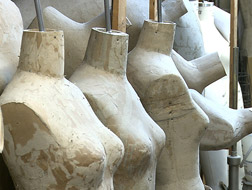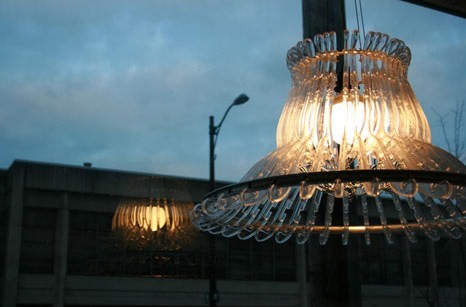A roundup of some of the stories, headlines, and updates you may be interested in from in and around the community of socially responsible fashion design.
Abigail Doan
Body Politic
Vancouver based Body Politic launches new online store
Fashion Loves People
How Nike will legitimize eco-design for the masses (and eco brands won’t)
Ethical Style
Centre for Sustainable Fashion
Pratt Blog
Valerie Casey: A Leader in Sustainable Design
Clothesource Comments
Forced labour added to list of ethical hot topics
EcoTextile News
Handbook to aid retailers source cotton
Click here to download the handbook
Project H
Design Revolution is taking to the road! 25 schools, 75 days and 6300 miles. Click here for more info.
The Girlie Girl Army
Chatting To Summer Rayne Oakes At Green Fashion Week
DBTV: Girlie Girl & The Brute at The Green Shows, Pt 3 from The Discerning Brute on Vimeo.
Image Source: Core77 via Fashion Loves People
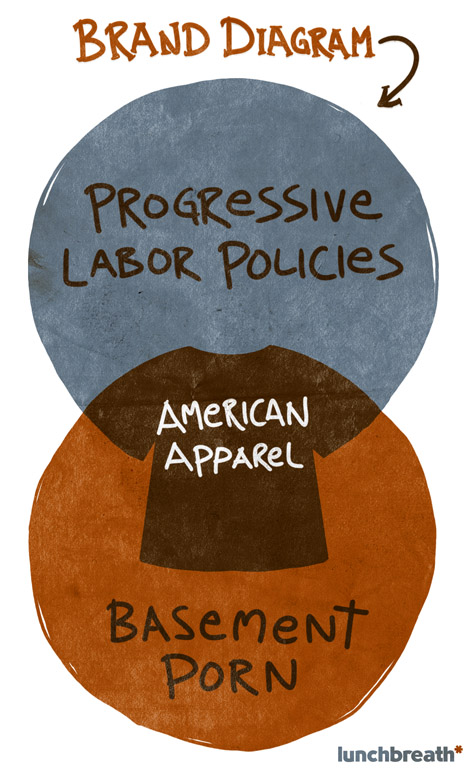
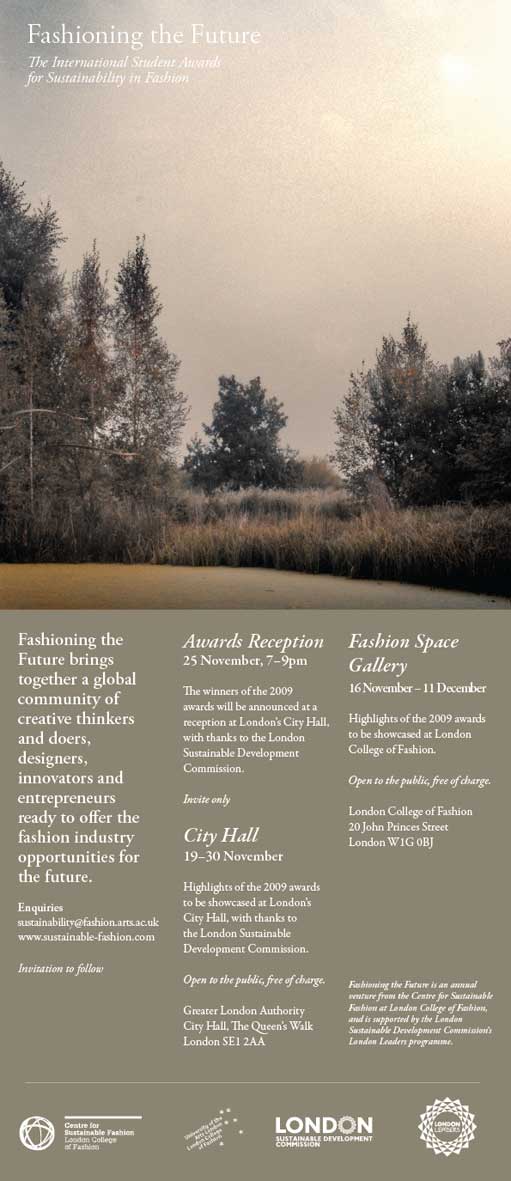
 22 magazine
22 magazine
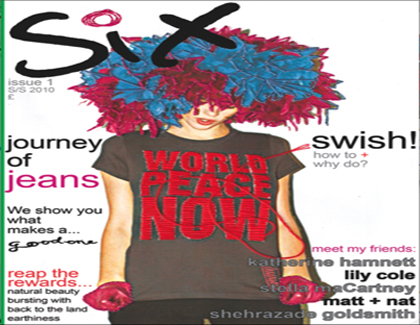 ‘Six’
‘Six’ 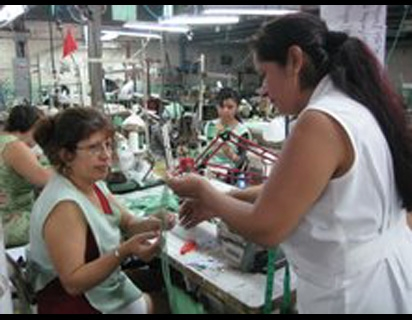 Can El Salvador develop and sustain homegrown design
Can El Salvador develop and sustain homegrown design 
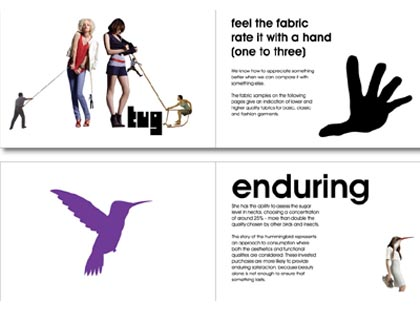 Consumer Guidebook Nectar
Consumer Guidebook Nectar 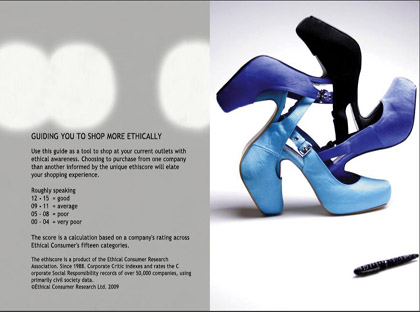 FILM CLIP and ‘Ethical Shopping Guide’
FILM CLIP and ‘Ethical Shopping Guide’ 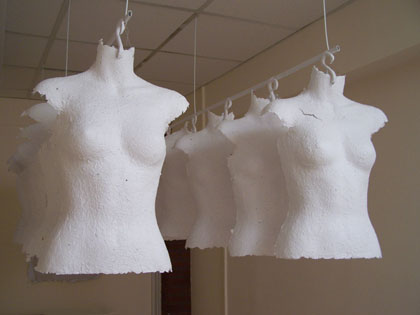 Installation in response to exploitation of garment workers
Installation in response to exploitation of garment workers ‘Designing Happiness’
‘Designing Happiness’
